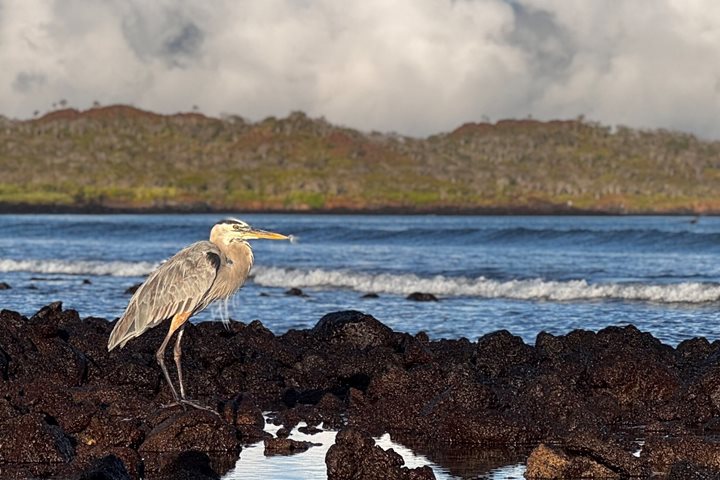The reason that the Galápagos National Park Service, together with the Charles Darwin Foundation, are among the most respected conservation institutions in the world is due to the breeding center. Here, giant tortoises are raised in captivity to be repatriated to their islands of origin when they reach adolescence, a program that started back in the 1960s with the Española subspecies. Populations were dropping at alarming rates due to the presence of introduced goats and donkeys to the island, who foraged the vegetation, leaving the tortoises not only without food but also without shelter. After years of research and hard work, the programs has been an enormous success, and today over 2,000 young tortoises have been repatriated to their island of origin and are now reproducing in the wild without human intervention.
Santa Cruz Island is the home of the largest subspecies of giant tortoises that inhabits this archipelago. As we approached the landing dock, we could see several brown pelicans in the mangrove forest and marine iguanas swimming. Several Darwin’s finches moved from tree to tree, maybe looking for a mate or looking for food.
After lunch up in highlands, the giant tortoises in the wild kept our groups excited and busy. It was amazing to see them in their natural habitat, and our photographers took the pictures they had come to the islands for. A bit of drizzle made the scene very dramatic. Walking with these incredible, friendly creatures made us feel as if we had been transported through time, maybe a hundred years back, when the tortoises roamed the islands by themselves.







